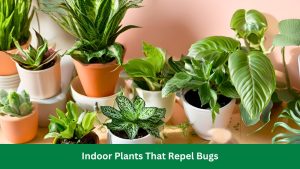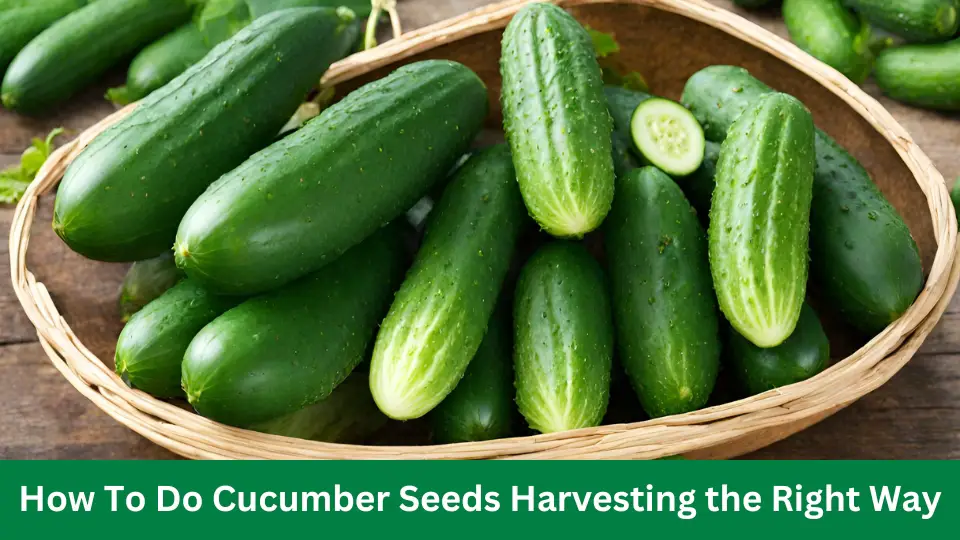
How To Do Cucumber Seeds Harvesting
To properly harvest cucumber seeds, allow the fruit to mature on the vine past the eating stage until it turns entirely yellow. Scoop out the seeds and ferment them to remove the pulp.
Embarking on a seed-saving journey with cucumbers can be enriching, especially for gardening enthusiasts aiming for sustainability. Cucumber seeds harvesting is a straightforward process that requires timing, observation, and finesse to ensure the seeds are viable.
Gardeners can preserve the most valuable genetic traits for the coming season by selecting the vine’s healthiest and most robust cucumbers. This introduction sets the stage for a deeper dive into the practical steps of cucumber seed harvesting. This activity promises bounty and garden-to-table freshness year after year.
Planning Your Cucumber Seed Harvest
Welcome to the green-fingered world of gardening, where the art of seed saving is a cherished skill. Planning your cucumber seed harvest is a critical step in sustainable gardening. By harvesting seeds from your cucumber plants, you’re guaranteed a bounty of fresh cucumbers for years. Let’s delve into the details of seed harvesting to ensure your garden thrives with the least amount of effort and the highest yield of viable seeds.
Selecting The Right Cucumber Variety For Seed Harvesting
Choosing a suitable variety is paramount for a successful seed harvest. Not all cucumbers are created equal, and seed viability varies across different types. To begin with:
- Opt for open-pollinated or heirloom varieties rather than hybrid ones, as they produce seeds that will grow true to type.
- Look for disease-resistant strains to ensure healthy plants that can offer quality seeds.
- Consider the local climate and soil conditions to select a variety that will thrive in your garden.
Understanding The Cucumber Growth Cycle
Knowledge of the cucumber growth cycle is crucial to timing your seed harvest perfectly. Cucumbers typically go through the following stages:
- Germination
- Seedling growth
- Flowering
- Fruit development
- Maturity for eating
- Seed maturity
It’s essential to wait until the cucumbers mature beyond the edible stage to ensure the seeds inside fully develop.
Identifying The Optimal Time For Seed Collection
Timing is everything in seed collection. The best time to harvest seeds is when the cucumbers are:
| Characteristic | Description |
|---|---|
| Overripe | It is thoroughly swollen and has turned yellow, indicating seed maturity inside. |
| Texture | Skin becomes challenging, and the fruit feels heavy for its size. |
Do not rush the process! Patience ensures that each seed reaches its full potential for germination. When you observe these signs, it’s time to scoop out the seeds and proceed with the cleaning and drying, which is the next critical phase in seed harvesting.
Preparing For Cucumber Seed Harvesting
Ready to delve into sustainable gardening by harvesting your cucumber seeds? Whether you’re an avid gardener aiming to preserve your favorite cucumber variety or a hobbyist seeking to deepen your gardening skills, understanding the right way to harvest cucumber seeds is crucial.
Before we get into the nitty-gritty, setting the stage for a successful harvest is key. We’ll explore the essential preparations to ensure a bountiful seed harvest, from setting up your garden to preventing cross-pollination.
Setting Up Your Garden For Success
Proper preparation paves the way for healthy cucumber plants and viable seeds. It’s essential to start with a garden layout conducive to seed saving. Allocate specific areas for cucumbers and consider factors like sunlight, soil quality, and watering routines. Ensure the soil is rich in organic matter and well-draining, and your cucumbers have enough space to thrive without competing for resources.
Necessary Tools And Materials
Gathering the right tools ahead of time will make the seed harvesting process smoother. You’ll need:
- Pruning shears or scissors for harvesting fruit
- Labeled envelopes or containers for storing seeds
- A small brush or pollination bag for manual pollination, if applicable
- A sieve and bowls for processing seeds
Ensure each tool is clean to avoid transferring diseases to your plants and seeds.
Steps To Prevent Cross-pollination
Preventing cross-pollination is crucial when harvesting cucumber seeds. To preserve the purity of your variety, consider these steps:
- Select self-pollinating varieties or use physical barriers to prevent pollinators from reaching the flowers.
- Grow different varieties at a significant distance apart, ideally half a mile or more, to lessen the chance of cross-pollination by wind or insects.
- Employ manual pollination techniques, hand-pollinate flowers, and cover them with a pollination bag.
- Label plants clearly to keep track of specific varieties and prevent accidental cross-contamination.
With these preparations, expect a successful and rewarding cucumber seed harvest. Ready to get started? Let’s dig deeper into each step and embark on the journey to sustainable gardening.
Harvesting Cucumber Seeds The Right Way
Embarking on the journey of Harvesting Cucumber Seeds the Right Way is rewarding and a sustainable step towards gardening self-sufficiency. Cucumbers, with their crisp texture and refreshing taste, are a staple in many gardens.
However, properly harvesting seeds is essential to continuing the growth cycle each year. This section will guide you through the process with practical advice, ensuring you can save high-quality seeds for your next planting season.
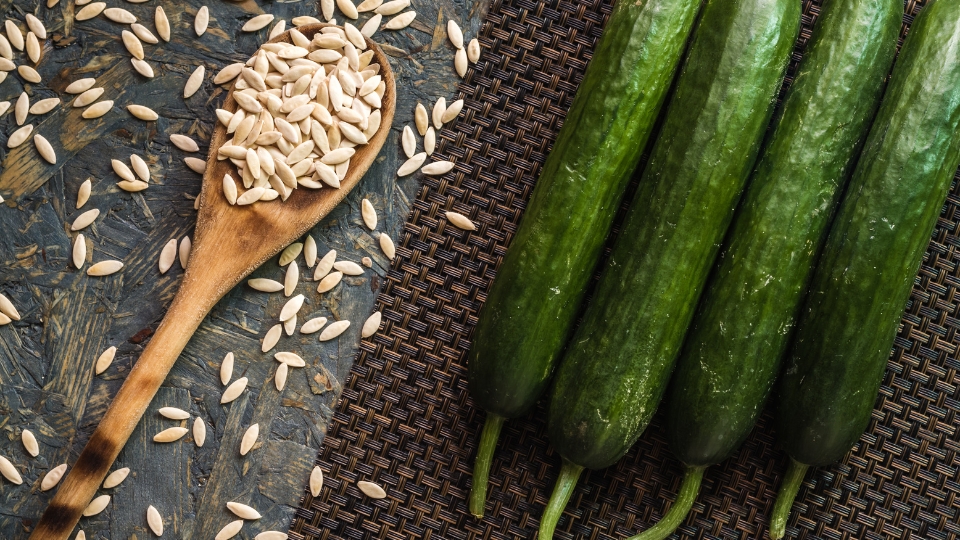
Recognizing When A Cucumber Is Ready For Seed Extraction
To begin the seed-harvesting journey, timing is critical. Identifying the right moment for seed extraction guarantees the health and germination potential of the seeds. Here’s what to look for:
- A cucumber was left on the vine past its typical harvesting size, appearing bloated and starting to yellow.
- A shift in the skin color from green to a yellowish hue indicates full maturity.
- Overall, a softened texture, such as mature cucumbers for seed saving, is often not ideal for consumption.
Once these signs are evident, it’s time to proceed with seed extraction, remembering that patience paves the way for future harvests.
Safe Extraction Methods To Preserve Seed Viability
The integrity of cucumber seeds during extraction is paramount to their viability. Here are safe extraction methods to follow:
- Cut the overripe cucumber lengthwise to expose the seed chambers.
- Gently scoop the seeds and surrounding pulp into a clean container.
- Avoid using sharp tools near the roots to prevent damaging the seed coat.
Paying close attention to these steps will lead to successful germination when it’s time to plant.
Techniques For Separating Seeds From The Pulp
Separating the seeds from their pulpy nest is the final hurdle in the seed-saving process. To achieve this, use:
| Technique | Procedure |
|---|---|
| Fermentation | Place the seed-pulp mix in a water container for 1-2 days, allowing the viable seeds to sink and the pulp to float. |
| Rinsing and Sifting | Use a sieve to rinse the seeds thoroughly under running water, dislodging the pulp while the seeds remain in the sieve. |
| Drying | Spread the clean seeds on a non-stick surface to air dry for several days, ensuring no moisture remains. |
These techniques will give you a batch of clean seeds ready for storage or your next planting.
Cleaning And Storing Cucumber Seeds
Harvesting cucumber seeds requires a careful approach to ensure the vitality and purity of your future plants. After choosing the ripest cucumbers from your garden, the next critical steps involve cleaning and storing the seeds correctly. In doing so, you’re setting the stage for successful germination when the planting season returns. Proper washing and drying methods can protect the integrity of the seeds, while ideal storage conditions play a crucial role in maintaining their viability. Follow these tips to maximize the potential of your harvested seeds.
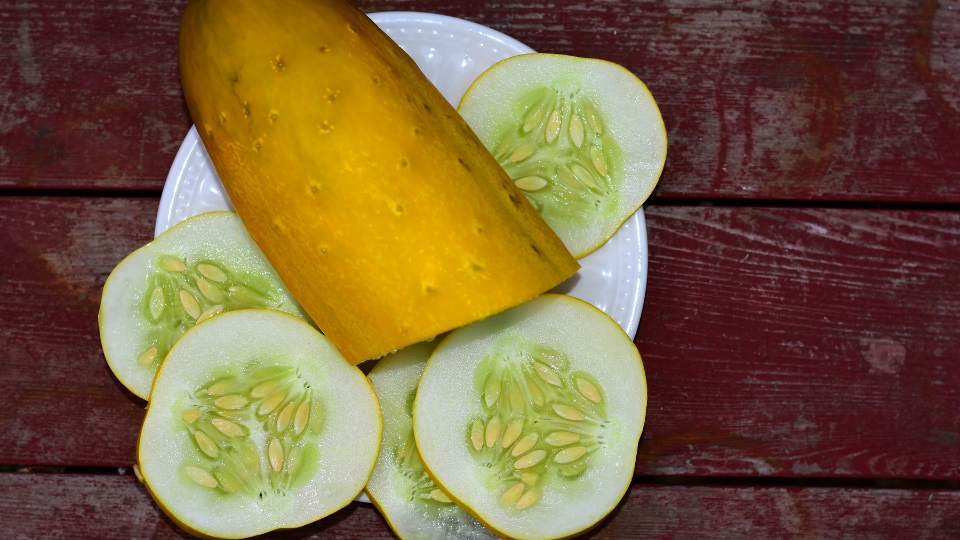
Washing And Drying Methods For Harvested Seeds
The cleaning process begins once you scoop the seeds from your cucumbers. This phase is vital to remove the gelatinous sac surrounding each seed, which can inhibit germination if left in place.
- Firstly, place the seeds in a colander and rinse them under cool, running water, gently rubbing them between your fingers to dislodge any clinging pulp.
- Secondly, prepare a solution of water and a small amount of mild dish soap. Soak the seeds in this solution for a few minutes to ensure all residue is removed.
- Lastly, dry the cleaned seeds on a paper towel or a mesh screen. Allow them to sit in a warm, well-ventilated area without direct sunlight. It typically takes 1-2 weeks for the seeds to dry completely.
Ideal Storage Conditions For Maximum Shelf-life
Proper storage is essential to extending the shelf life of your cucumber seeds. The goal is to create a cool, dark, and dry environment. Many gardeners use paper envelopes, glass jars, or plastic containers to store their seeds.
| Storage Method | Pros | Cons |
|---|---|---|
| Paper Envelopes | Allows seeds to breathe, reducing moisture buildup | Can be damaged easily; not waterproof |
| Glass Jars | Sealable and waterproof; suitable for humid climates | Bulky and breakable |
| Plastic Containers | Lightweight and sealable | It can trap moisture if not used with desiccants |
Add a desiccant, such as silica gel packets, to your storage container to absorb excess moisture.
Labeling And Organization Tips For Future Planting
Good labeling and organization are the unsung heroes of seed storage. Clearly label each container with the following information:
- Seed variety and cultivar
- Harvest date
- Any notes on growth habits or conditions?
For optimal organization, consider arranging the seeds by plant family, sowing season, or other categories that make sense for your gardening practice. Use a digital spreadsheet or a dedicated seed binder to keep a detailed inventory of your collection. This step ensures that no seed goes unaccounted for and that you are fully prepared for planting time.
Ensuring Cucumber Seed Quality
Harvesting cucumber seeds represents the culmination of a growing season and the potential for the next. The process demands a thoughtful approach to maintain the highest seed quality. Solid and viable seeds lead to vigorous plants and bountiful harvests. Dive into the best practices for cucumber seed harvesting, focusing on seed quality, which is undeniably important.
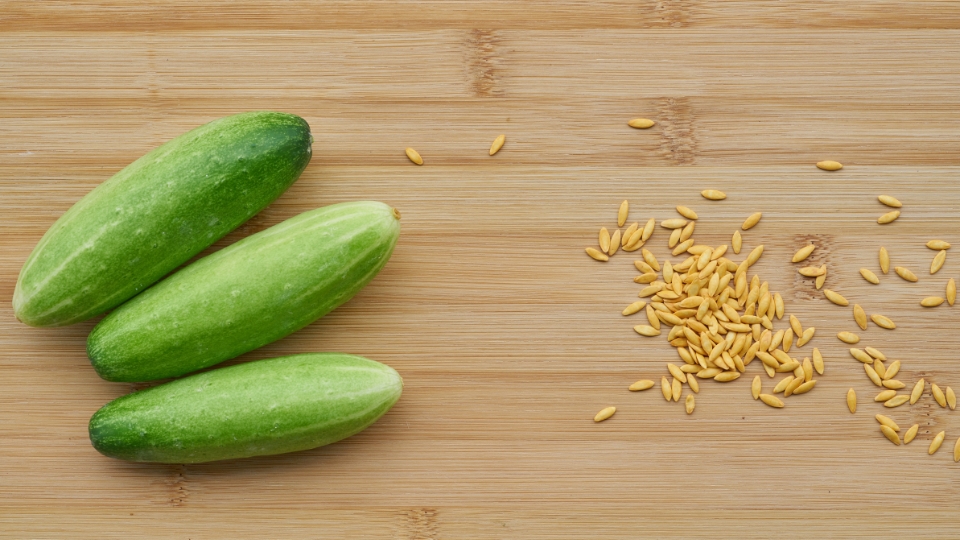
Performing Germination Tests On Your Seeds
Germination tests are crucial for assessing seed quality. You can estimate how well your cucumber seeds will perform by simulating planting conditions. This involves:
- Placing a predetermined number of seeds on a damp paper towel.
- Roll or fold the towel, enclosing the seeds, and store it in a warm area.
- Keep the towel moist, and periodically check for seed sprouting.
- Record the germination rate by counting the number of seeds that sprout successfully.
This simple test gives insights into the viability and vigor of your seed batch, allowing you to make informed decisions for future plantings.
Understanding Seed Dormancy And Storage Life
Cucumber seeds have their biological clock and environmental requirements for optimal germination. Understanding this is key:
- Recognize that some seeds may enter a natural dormancy period immediately after harvesting.
- Provide the proper environmental conditions to break dormancy when ready to plant.
- Insufficient storage can reduce viability; an excellent, dry environment prolongs seed life.
Maintain detailed records of harvest date, variety, and storage conditions to predict seed life and performance.
Tips For Improving Seed Viability Season After Season
Ensuring the longevity of your cucumber seeds involves consistent effort across seasons. Here are some tips to enhance viability:
| Tip | Description |
|---|---|
| Proper Harvest Timing | Wait for fruits to mature fully before harvesting seeds to ensure they’re fully developed. |
| Fermentation | Use controlled fermentation to remove seed coats, which can enhance germination rates. |
| Thorough Drying | Spread seeds out and allow them to dry completely to prevent mold and rot during storage. |
| Regular Testing | Perform annual germination tests to monitor seed quality and discard those with poor performance. |
By selecting the healthiest plants for seed production, isolating varieties to prevent cross-pollination, and rotating your crops, you can sustain and even improve your seed stock quality year after year.
FAQ For How To Do Cucumber Seeds Harvesting The Right Way
Which Way Do You Plant Cucumber Seeds?
Plant cucumber seeds 1 inch deep, with the pointed end facing down and the rounded end at the soil’s surface. Space seeds 2 to 3 feet apart in rows.
How Long Do Cucumber Seeds Need To Dry Before Planting?
Cucumber seeds must dry for 1-2 weeks before planting to ensure successful germination. Store them in a cool, dry place during this period.
How Do You Get The Seeds Out Of Cucumbers?
To remove seeds from a cucumber cut them lengthwise and use a spoon to scrape them. Dispose of the seeds and proceed with your recipe.
How Should You Harvest Cucumbers?
Harvest cucumbers by selecting a firm, evenly green ones. Gently twist and pull the cucumber to avoid plant damage. Use clean, sharp scissors or pruners to cut the stem above the fruit. Pick early in the morning for crispness. Harvest regularly to encourage continued production.
Conclusion
Harvesting cucumber seeds correctly rewards your garden efforts and ensures a bountiful future crop. Remember, only mature cucumbers yield viable seeds. Gently scoop them out, wash them, and dry thoroughly. With these tips, you’re set for successful seeding next season. Happy gardening!


